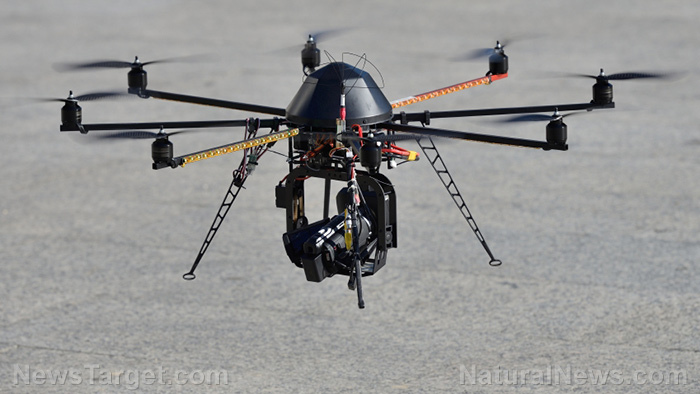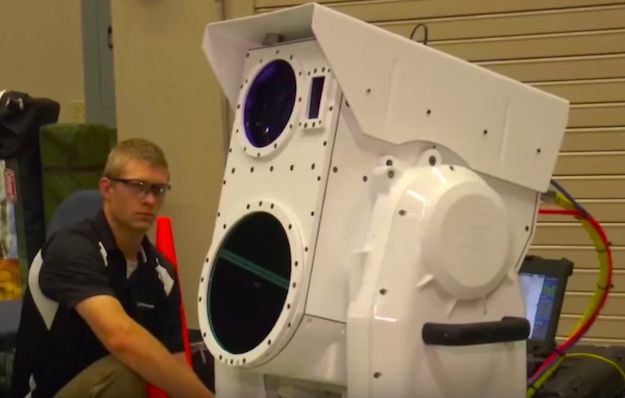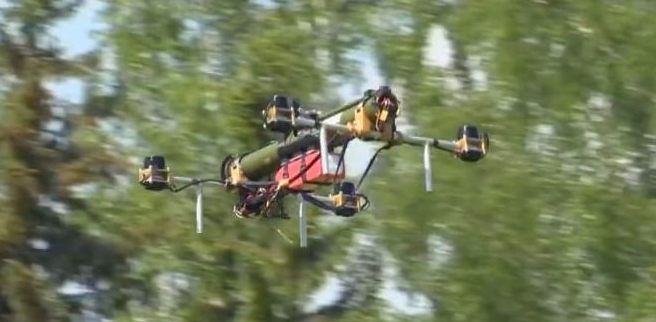Trained bees successfully locate landmines in Croatia
08/14/2018 / By Edsel Cook

The ongoing effort to detect and disarm forgotten explosives in battlefields around the world has received a new tool. Scottish researchers successfully got honeybees to sniff out old landmines in Croatia, an article on the Daily Express reported.
The bees were trained to associate the smell of explosives with food. When they detected a landmine, they would land and crawl all over it in search of the expected goodies.
During this close-up investigation, the bodies of the honeybees would be marked by the chemical scent of the old explosives. When the insects returned to their hives at the end of the day, they pass through a canvas-like material developed by Dr. Ross Gillander of the St. Andrews University (St. Andrews)
The canvas is then bathed in light, revealing any trace of chemicals associated with TNT explosive.
Dr. Gillander and his teammates would then review aerial drone footage of the bees’ movements in order to track down the location where they encountered the explosive. Human mine clearance teams would proceed to the area, locate the landmine, and disarm it. (Related: Putting it bluntly: If all bees die, humanity will soon follow.)
Bees could find landmines left over from long-concluded wars
The mines are leftovers from the Croatian War of Independence more than two decades ago when Croatia successfully broke away from the fragmenting Yugoslavia. They are just some of the millions of landmines scattered around the world.
When it comes to finding those lost mines, honeybees could be a much better option than the sniffer dogs currently being used for the job. The insects are cheaper to train and maintain, and they can also work for much longer periods of time before getting tired.
The early success of the explosive-sniffing bees could lead to a faster and more effective way of saving the limbs and lives of potential landmine victims, thousands of whom are injured or killed every year, long after the conflict had ended.
The unorthodox mine detection project is a part of NATO’s Science for Peace and Security programme. Field testing in Croatia began on November 2017.
Bees are cheaper and potentially better than bomb-sniffing dogs
For their real-life tests, Dr. Gillander’s team borrowed Carniolan honeybees (Apis mellisera carnica) from local beekeepers. They trained the insects for two days by smearing sweet syrup all over TNT. The bees, therefore, learned to associate the scent of explosives with food.
“Basically we teach them by a version of reward like you do with dogs,” explained Dr. Gillander. “The bees fly out of their hive to go about their normal day to day job of finding pollen but instead of finding pollen they find explosives. It’s the sugar syrup, which draws them out. The training takes two days and is much faster and more efficient than training a dog.”
He added that the honeybees eventually wise up after three days of not getting any syrup from the TNT that they find in the field. At such point, the animals need to be retrained because they lose interest in the explosives and start looking for other sources of food.
Honeybees are also deterred by inclement weather. They will not go out when it is dark or raining.
Despite their short memory span and weather-limited movement, the bees are still much cheaper when compared to dogs. Bomb-sniffer canines are much more expensive to train and feed. Dogs also treat the search for bombs as a game, so they will get bored with the task.
Read more articles about the close relationship between humans and honeybees at Bees.news.
Sources include:
Tagged Under: aerial drones, bees, bombs, Explosives, honey bees, land mines, landmine-detecting bees, landmines, military technology, mine, NATO, TNT, weird science












